Driving in Iran can be an exciting yet challenging experience, offering the opportunity to explore the country’s rich culture and stunning landscapes at your own pace. However, it’s crucial to understand the local driving rules and customs to ensure a safe and smooth journey. Familiarizing yourself with Iran’s traffic laws, road signs, and driving etiquette will help you navigate confidently and avoid any potential issues on the road.
Important Tips for Driving in Iran
- Drive on the Right Side: In Iran, vehicles drive on the right side of the road.
- Carry Required Documents: Always have your valid driver’s license, International Driving Permit (if required), vehicle registration documents, proof of insurance, and rental agreement if applicable.
- Adhere to Speed Limits: Urban areas (50 km/h), rural roads (70-90 km/h), and highways (up to 120 km/h).
- Seatbelt Regulations: Seatbelts are mandatory for all passengers, both front and rear.
- Mobile Phone Use: Using a mobile phone while driving is prohibited unless you have a hands-free device.
- Understand Road Signs: Familiarize yourself with common road signs, traffic signals, and road markings.
- Avoid Rush Hours: Major cities experience heavy traffic from 7:00 to 9:00 AM and 5:00 to 7:00 PM.
- Fuel Stations: Both gasoline (regular and premium) and diesel are available. Carry some cash as card facilities may not always be reliable.
- Roadside Assistance: Know the contact information for roadside assistance services or your rental company’s support.
- Stay Alert: Be aware of your surroundings, and watch for aggressive drivers and unexpected road conditions.
- Pedestrian Crossings: Always yield to pedestrians at designated crossings.
- Use Indicators: Signal your intentions when changing lanes or turning.
- Be Patient: Traffic can be congested; stay calm and avoid aggressive driving.
- Night Driving: Exercise extra caution when driving at night due to lower visibility and potential hazards.
- Parking: Park in well-lit areas and secure parking facilities. Keep valuables out of sight to prevent theft.
- Emergency Contacts: Have the contact numbers for local emergency services, your insurance provider, and your rental company readily available.
Tips to Help You Drive on the Right Side of the Road in Iran
- Familiarize Yourself with the Basics: Remember that in Iran, like in many other countries, vehicles drive on the right side of the road. Make sure to always keep to the right lane unless overtaking.
- Use Lane Markings: Pay close attention to lane markings on the road. Stay within your lane and use the appropriate lane for turning, passing, and merging.
- Practice in Low-Traffic Areas: If you’re not used to driving on the right, start by practicing in less congested areas. This will help you get comfortable with the new driving orientation.
- Adjust Your Mirrors: Properly adjust your side and rearview mirrors to give you the best visibility on the right-hand side of the road.
- Take Turns Carefully: When making turns, especially right turns, be cautious and ensure you are in the correct lane. For left turns, be mindful of oncoming traffic.
- Use Your GPS: A GPS can help you stay on the correct side of the road and navigate turns and lane changes more easily.
- Follow Local Drivers: Observe and follow the behavior of local drivers to better understand how to navigate different driving scenarios on the right side of the road.
- Be Mindful at Intersections: Approach intersections with caution and ensure you stay on the right side of the road when entering and exiting.
- Stay Alert: Always stay alert and aware of your surroundings. Watch for road signs and signals to ensure you’re driving on the correct side.
- Get Professional Guidance: If you’re still uncertain, consider taking a driving lesson with a local instructor to build confidence and learn specific tips for driving on the right in Iran.
Understanding the Road Rules
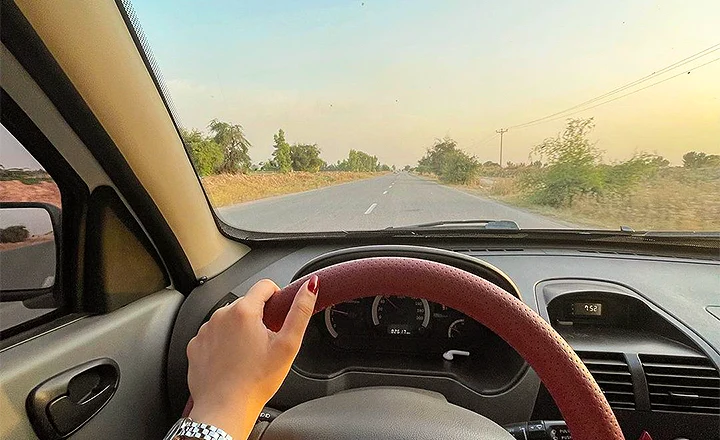
Required Documents
Navigating the Roads
Dealing with Traffic
Fuel Stations and Services
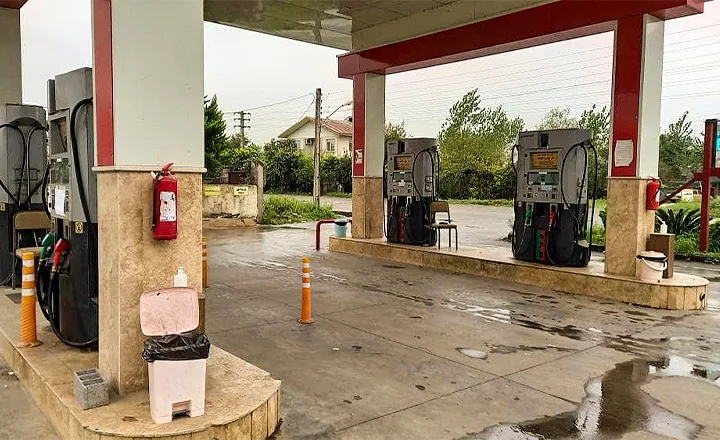
Safety Tips
Emergency Procedures
What to Do in Case of an Accident
- Ensure Safety: Immediately check for injuries and move to a safe location if possible. If the accident is minor and vehicles are obstructing traffic, move them to the side of the road.
- Turn on Hazard Lights: Use your hazard lights to alert other drivers to the situation and prevent further incidents.
- Do Not Leave the Scene: Stay at the accident site until all necessary information has been exchanged and official procedures have been followed.
Contacting Emergency Services
- Call the Police: Dial 110 to report the accident to the police. They will document the incident and create an official report, which is crucial for insurance claims.
- Medical Assistance: If there are injuries, call emergency medical services at 115 to request immediate medical assistance.
- Roadside Assistance: If your vehicle is not drivable, contact your rental company’s roadside assistance service or a local towing service for help.
Necessary Steps to Take After an Accident
- Exchange Information: Collect and exchange information with the other parties involved, including names, contact details, driver’s license numbers, vehicle registration numbers, and insurance information.
- Document the Scene: Take photos of the accident scene, vehicle damage, and any relevant road conditions or signs. These can be useful for insurance claims and legal purposes.
- File a Report: If required, file a report with the local police station. Ensure you obtain a copy of the police report for your records and insurance purposes.
- Notify Your Insurance: Contact your insurance company as soon as possible to report the accident and begin the claims process. Provide them with all necessary documentation, including the police report and any photos taken at the scene.
Renting a Car
Tips for Choosing a Reputable Car Rental Company
- Research and Reviews: Look for car rental companies with positive reviews and high ratings. SAADATRENT is renowned for its excellent customer service and wide selection of vehicles, making it a top choice for both tourists and locals.
- Wide Range of Vehicles: Choose a company that offers a diverse fleet to suit your needs. SAADATRENT provides a variety of cars, from economical models to luxury vehicles, ensuring you find the perfect car for your journey.
- Transparent Policies: Opt for a rental company with clear, straightforward policies regarding pricing, fuel, mileage, and additional charges. SAADATRENT is known for its transparency and customer-friendly policies.
Inspecting the Car Before Renting
- Exterior Check: Before accepting the vehicle, thoroughly inspect the exterior for any scratches, dents, or other damage. Take photos or videos to document the car’s condition.
- Interior Check: Ensure the interior is clean and that all features (e.g., air conditioning, lights, and entertainment system) are functioning correctly. Report any issues to the rental company immediately.
- Tires and Fluids: Check the tire condition and ensure they are adequately inflated. Verify that essential fluids, such as oil and coolant, are at appropriate levels.
Understanding Rental Agreements and Insurance Options
- Rental Agreement: Carefully read the rental agreement, paying attention to details such as rental period, mileage limits, fuel policy, and any additional fees. SAADATRENT provides clear and detailed agreements to ensure you understand all terms.
- Insurance Coverage: Understand the available insurance options. SAADATRENT offers comprehensive insurance plans, including collision damage waiver (CDW) and theft protection, to give you peace of mind during your rental period.
- Additional Drivers: If you plan to share driving responsibilities, ensure additional drivers are listed in the agreement and covered by the insurance policy.
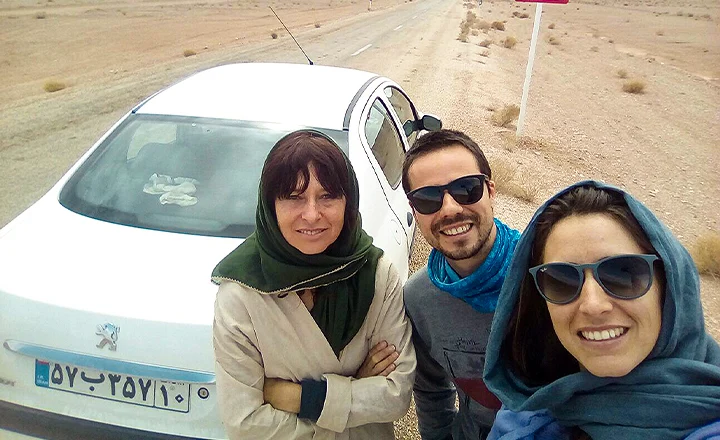
Local Driving Etiquette
Common Driving Behaviors and Customs
- Honking: Horn usage is common and often used to signal various intentions, such as alerting other drivers or pedestrians. Don’t be alarmed by frequent honking; it’s a normal part of driving in Iran.
- Lane Discipline: Lane markings are sometimes viewed as guidelines rather than strict rules. Be prepared for drivers who may switch lanes without signaling.
- Roundabouts: When entering a roundabout, give way to traffic already circulating within it. Roundabouts can be chaotic, so proceed with caution and be patient.
Courteous Driving Practices
- Patience: Traffic can be heavy, especially in cities. Practice patience and avoid aggressive driving, even if others around you are in a hurry.
- Signaling Intentions: Use your indicators to signal lane changes and turns. This helps communicate your intentions to other drivers and promotes safer driving.
- Yielding: Be prepared to yield to larger vehicles like buses and trucks, especially in tight spots or on narrow streets.
Dealing with Pedestrians and Cyclists
- Pedestrian Crossings: Always give way to pedestrians at designated crossings. In many areas, pedestrians may expect you to stop for them, even if they’re not at a marked crossing.
- Cyclists: Cyclists may share the road with vehicles, particularly in urban areas. Give them plenty of space and be cautious when passing or turning.
- Children and Elderly: Pay extra attention in residential areas where children and elderly pedestrians may be crossing the street.
Last Word
Driving in Iran can be a rewarding experience if you stay informed and prepared. Remember to understand and follow local traffic laws, carry all necessary documents, and be vigilant about safety and road etiquette. By choosing a reputable rental company like SAADATRENT, you can ensure a smooth and enjoyable journey. Embrace the adventure, explore the beautiful landscapes, and immerse yourself in the rich culture of Iran with confidence and peace of mind.
FAQs
Yes, if you are a foreigner, an International Driving Permit (IDP) is required alongside your valid home country’s driver’s license to drive legally in Iran.
The speed limits in Iran are generally 50 km/h in urban areas, 70-90 km/h on rural roads, and up to 120 km/h on highways. Always look for and follow local speed limit signs.
Yes, driving in Iran is generally safe if you follow local traffic laws, stay alert, and practice defensive driving. Being aware of local driving customs and maintaining a calm demeanor on the road can also enhance your safety.
No, using a mobile phone while driving is prohibited unless you use a hands-free device. It’s important to avoid distractions and focus on the road.
In case of an accident, ensure safety first by checking for injuries and moving to a safe location if possible. Contact the police by dialing 110 and, if needed, call emergency medical services at 115. Exchange information with the other parties involved and document the scene with photos.
You will need a valid driver’s license, an International Driving Permit (IDP) if required, vehicle registration documents, proof of insurance, and a rental agreement if applicable.
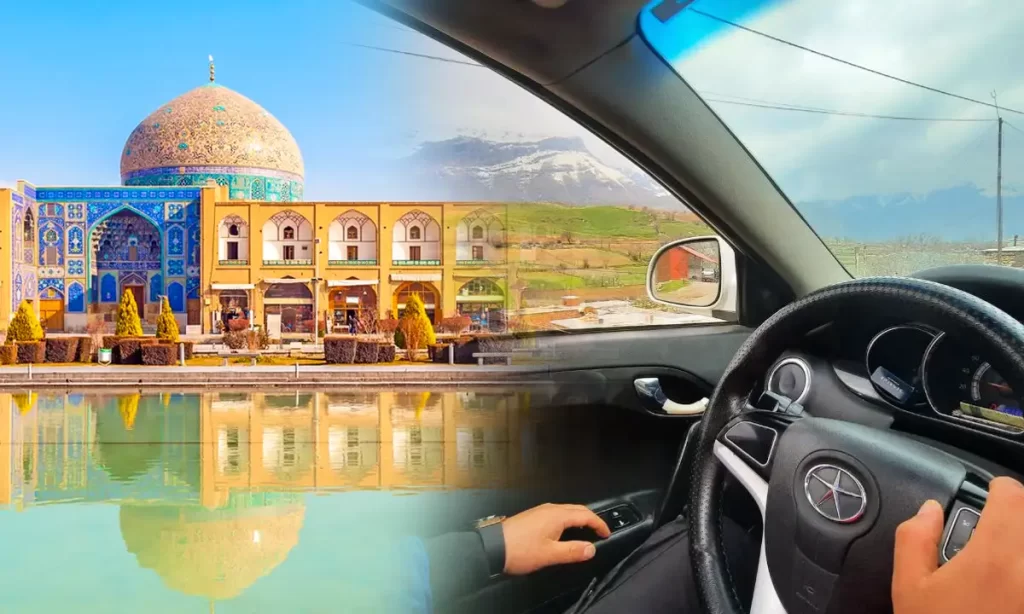
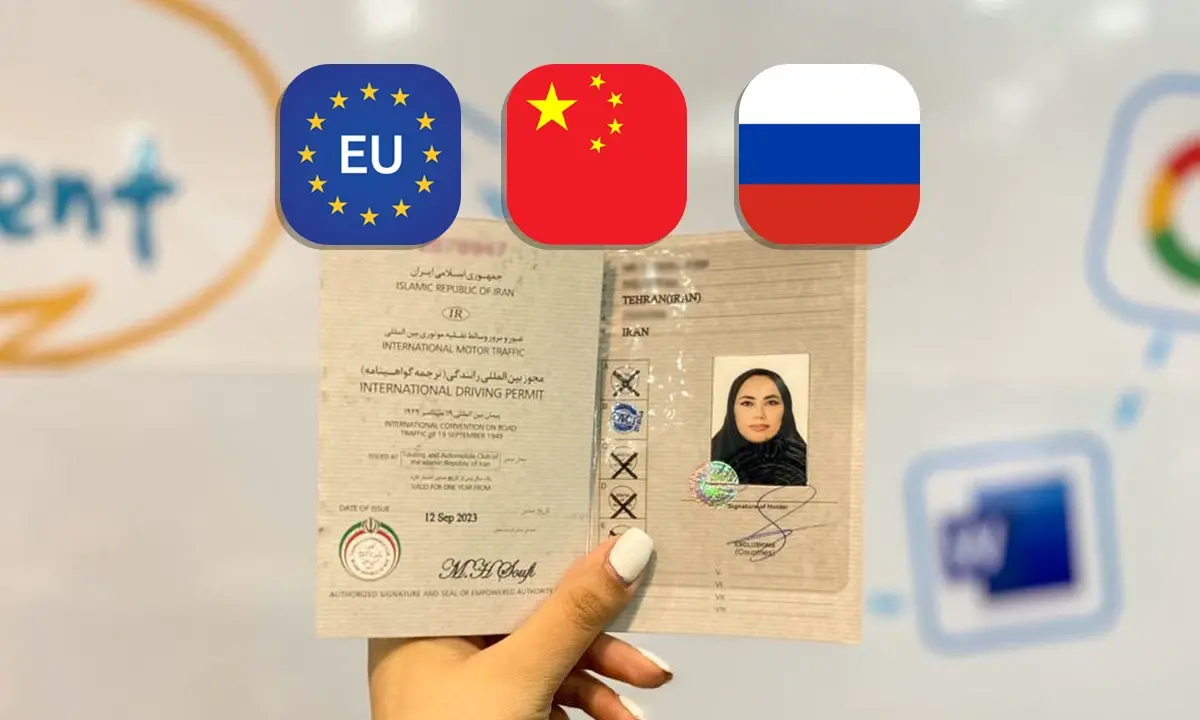
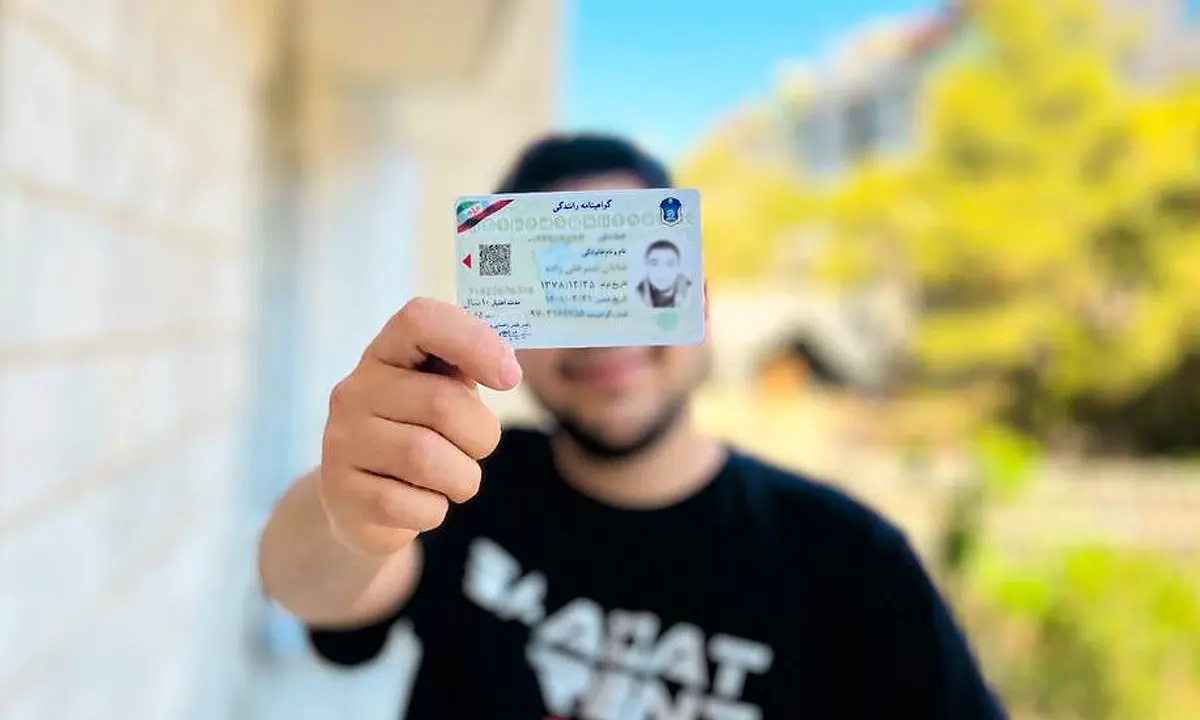










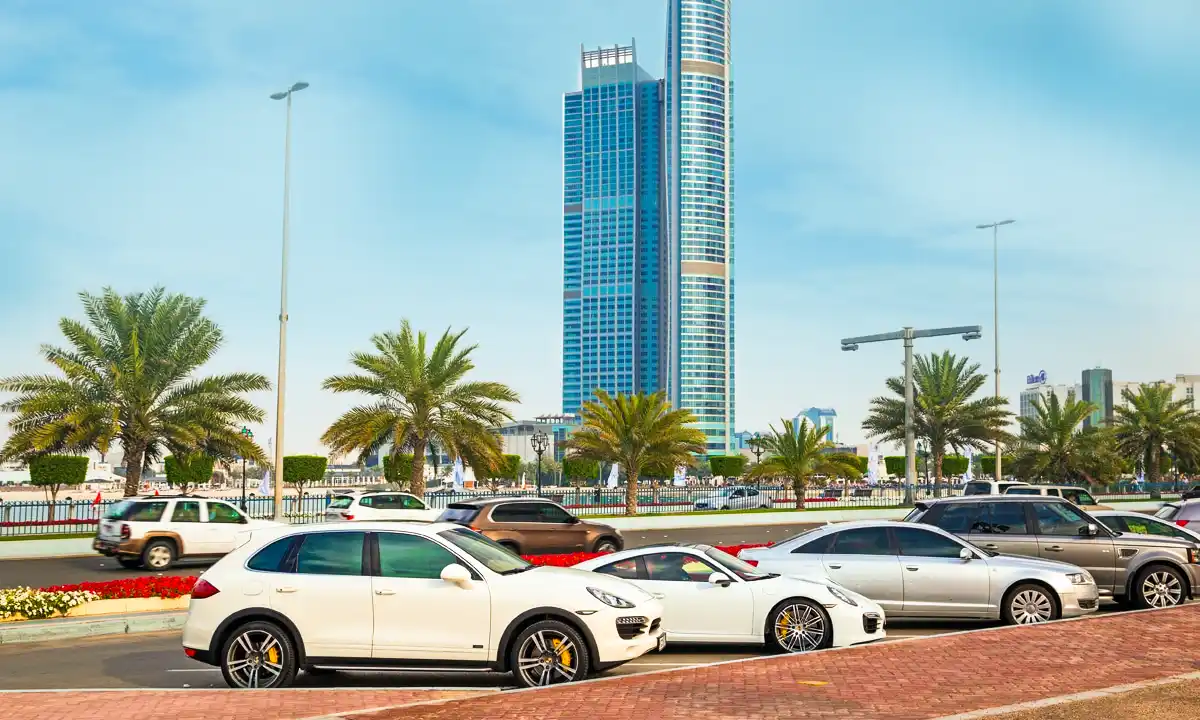
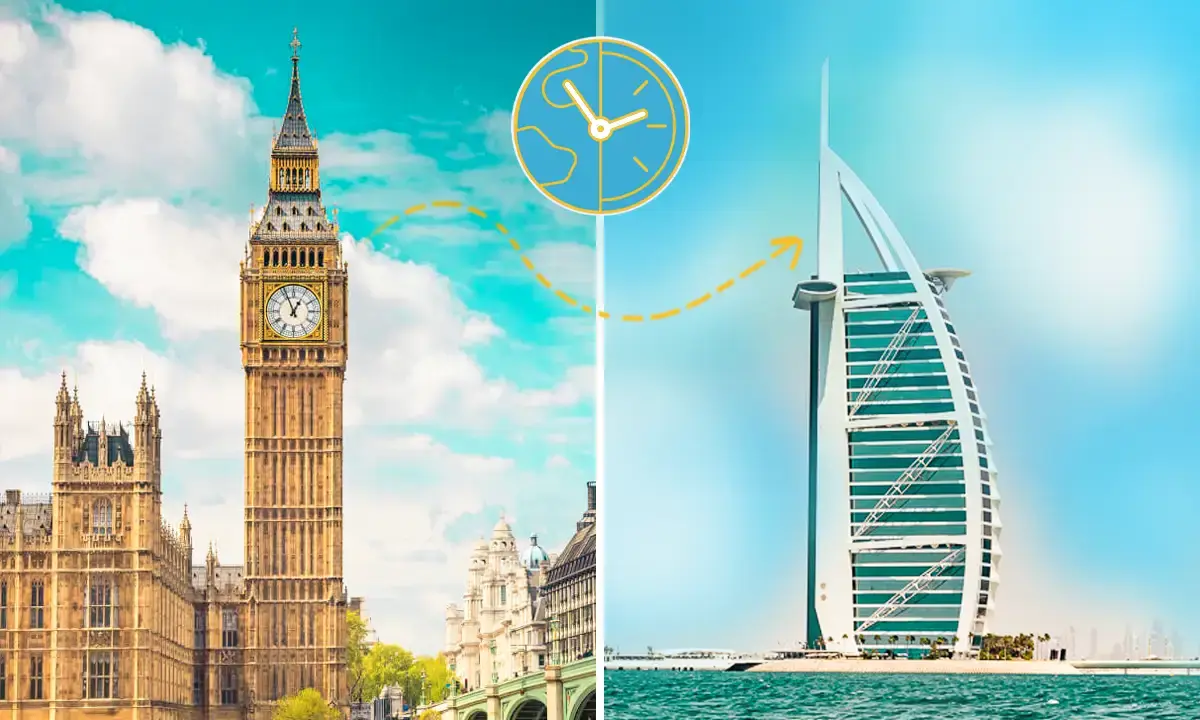
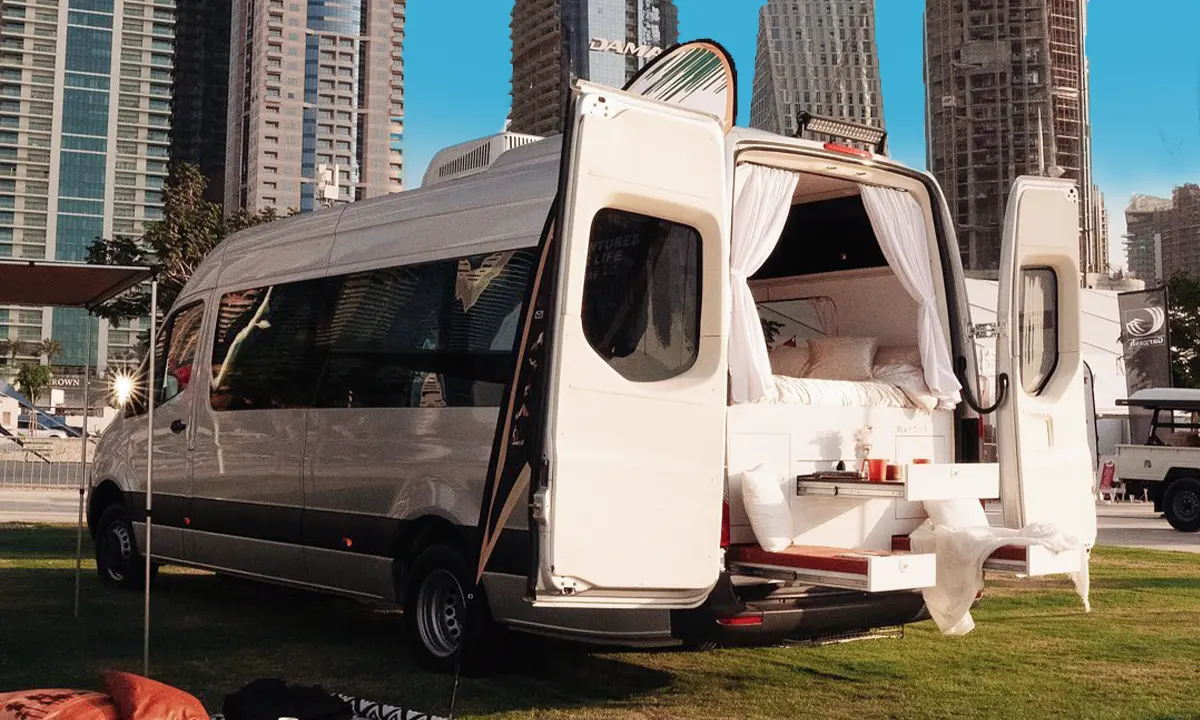


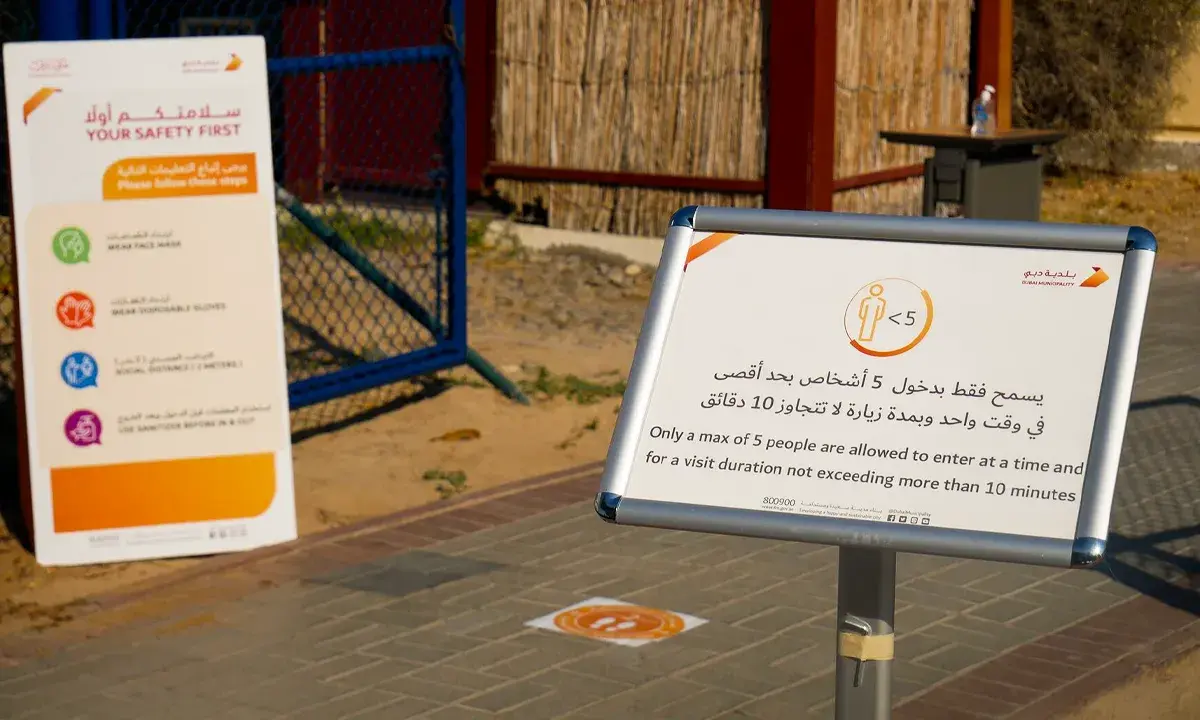




I have had a Driving experience in Iran. that was quite smooth. I have been driving for about two weeks. the hard part was just an hour or two that I started driving.
Yes, Driving in Iran is not much different from other countries. You will get used to it fast.